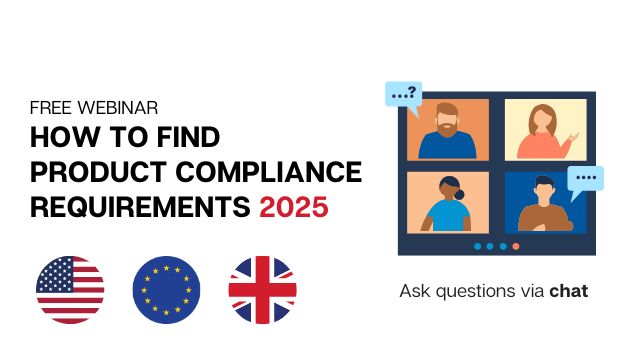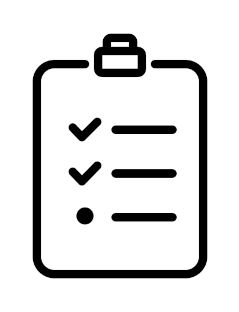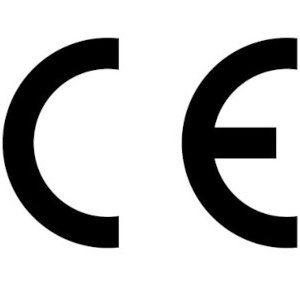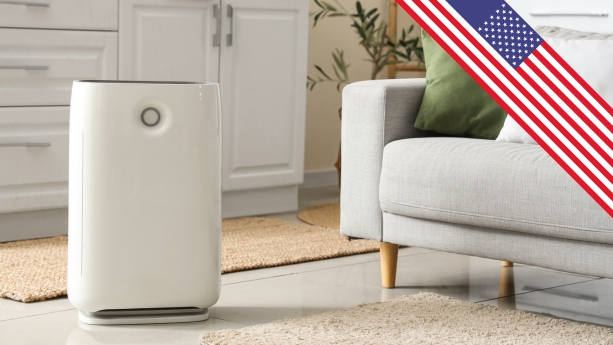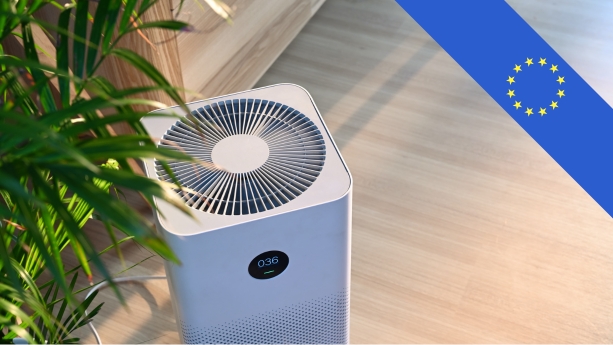
Construction products are subject to performance, safety and other requirements. Currently, these requirements are contained in the Construction Products Regulation 2011. However, on 8 January 2026, the Construction Products Regulation 2024 will take effect and replace it.
In this guide, we cover the requirements of the new Construction Products Regulation, including labelling, documentation, digital product passport, and other requirements. Additionally, we also compare some of the key requirements between the old and new regulations.
Continue reading Construction Products Regulation (CPR) 2024: An Essential Guide

